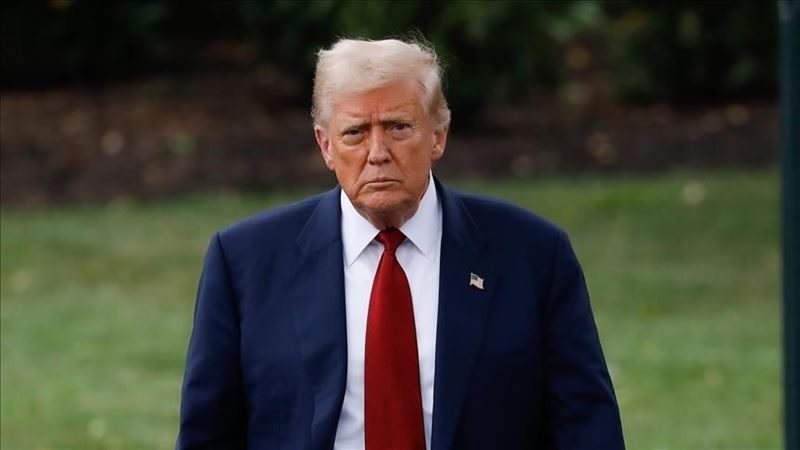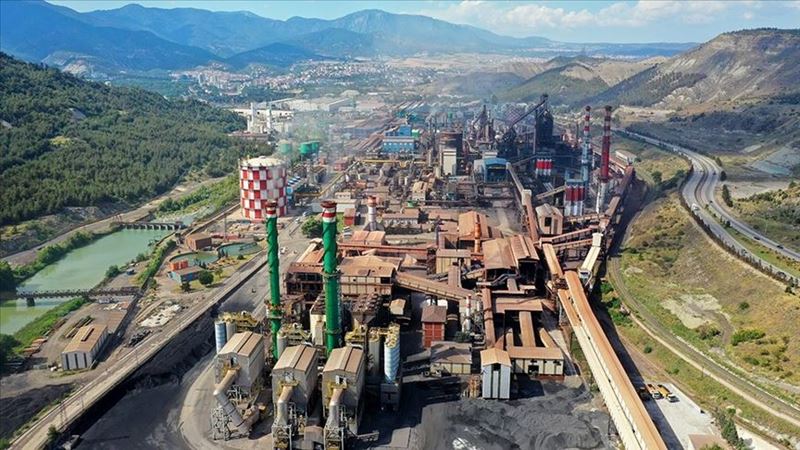U.S. authorities implemented a series of customs duties, transit tariffs, and sector-specific restrictions targeting both direct imports and goods routed through third countries. These measures have heightened tensions across global supply chains particularly in industrial and technology-related sectors although certain strategic exemptions remain in place.
Among the measures currently in force, the most notable is the “duty parity” scheme, with a total tariff rate of 34%. Of this, 10% is already in effect, while the remaining 24% has been deferred until November 10, 2026. Additionally, fentanyl tariffs came into effect on February 4, 2025, and were later revised downward from 20% to 10% on November 10, 2025. The transit tariff, effective August 7, 2025, imposes a 40% punitive duty on goods presumed to originate from China but shipped through third countries to bypass customs duties. Meanwhile, port service fees have been postponed until November 10, 2026. Beginning in November 2025, both China and the U.S. agreed to mutually suspend these charges for a one-year period.
Washington has also issued a series of tariff threats aimed at further pressuring Beijing. Potential measures include a 100% tariff on rare earth exports, 50–100% on petroleum products, and 100–150% on port handling equipment. Moreover, a 25% secondary tariff is being considered for Chinese buyers of Venezuelan oil, while a 200% general tariff threat announced on August 25, 2025, marked a significant escalation in trade tensions.
Despite these restrictions, both sides continue to maintain limited cooperation in the technology sector. Products such as computers, smartphones, semiconductors, integrated circuits, flash memory, tablets, laptops, and display modules remain exempt from mutual tariffs, ensuring minimal disruption to the global tech supply chain.
Analysts note that these U.S. measures will not only impact trade with China but also indirectly reshape the commercial balance across Asia. The 2025–2026 period is expected to bring rising cost pressures and a realignment of trade flows, particularly in the metals and technology industries.








Comments
No comment yet.